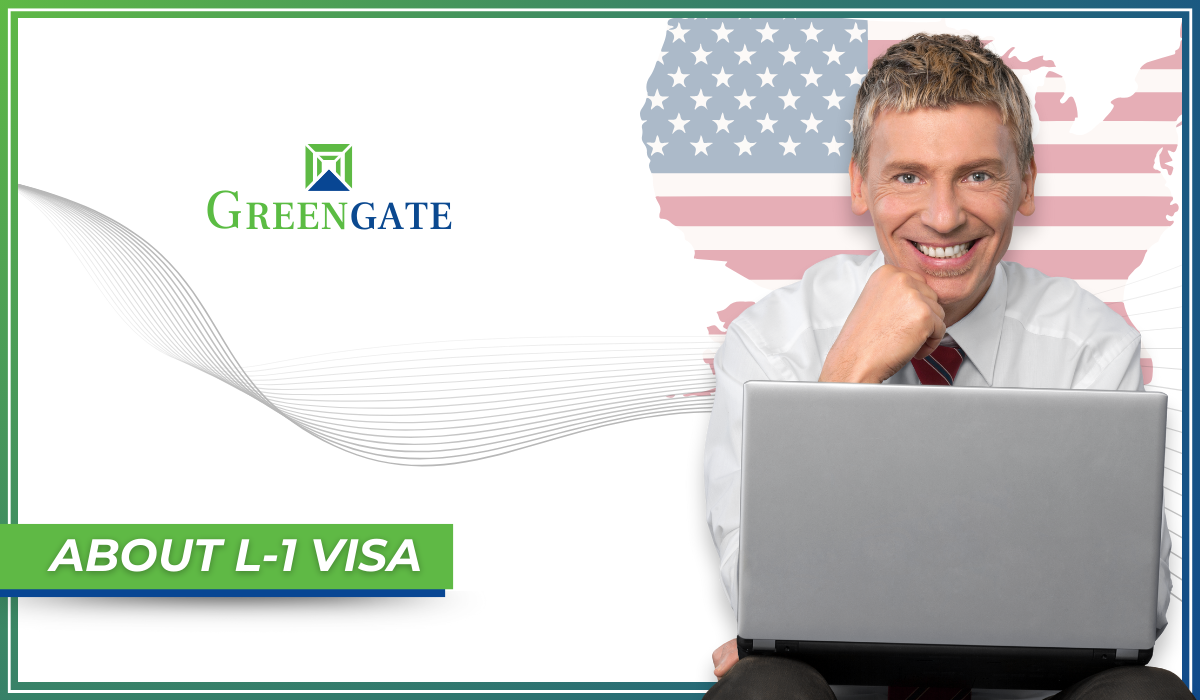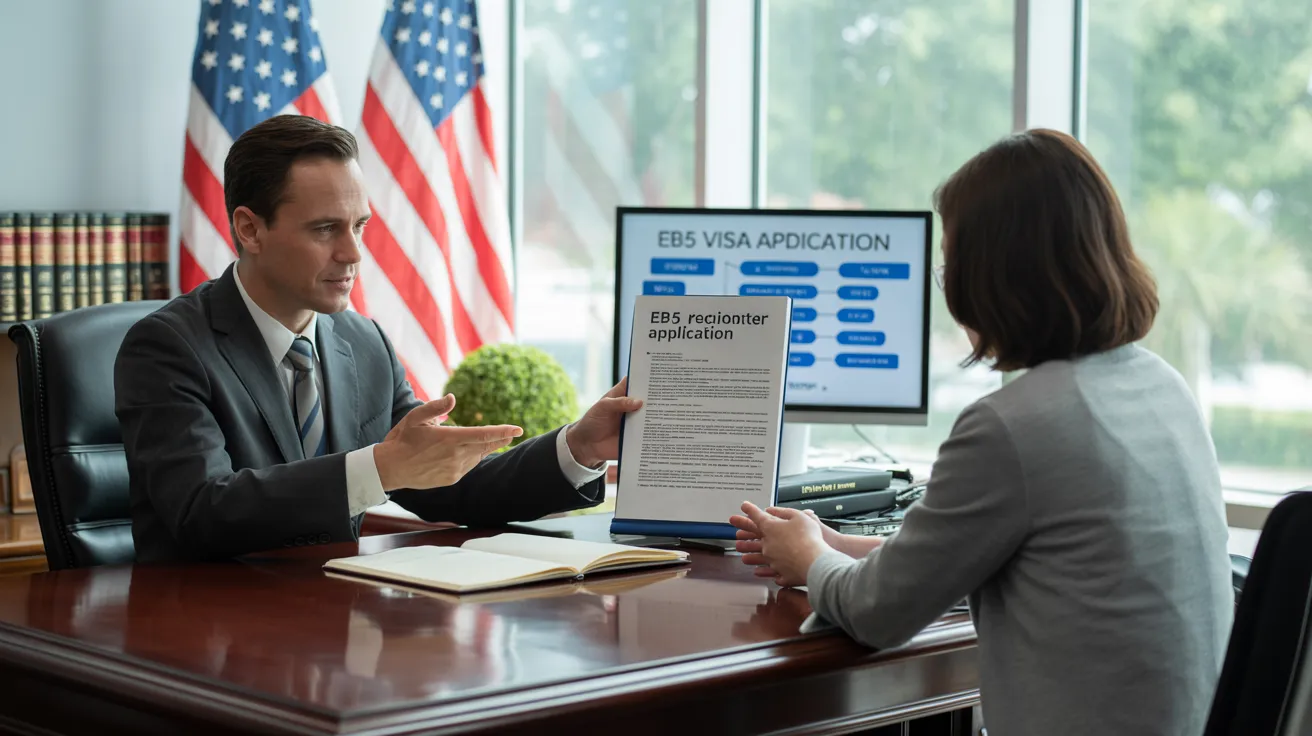Get This Report on L1 Visa
Table of ContentsL1 Visa - The FactsLittle Known Facts About L1 Visa.Unknown Facts About L1 VisaThe Main Principles Of L1 Visa The Ultimate Guide To L1 VisaHow L1 Visa can Save You Time, Stress, and Money.Fascination About L1 Visa
The L-1 visa is an employment-based visa group developed by Congress in 1970, permitting multinational business to move their managers, executives, or key personnel to their U.S. procedures. It is commonly referred to as the intracompany transferee visa.Furthermore, the recipient has to have worked in a supervisory, executive, or specialized employee placement for one year within the 3 years coming before the L-1A application in the international firm. For new office applications, international work has to have remained in a supervisory or executive capability if the recipient is concerning the United States to work as a manager or exec.
for approximately seven years to manage the procedures of the united state affiliate as an exec or manager. If issued for an U.S. firm that has actually been operational for even more than one year, the L-1A visa is originally provided for approximately three years and can be expanded in two-year increments.
7 Simple Techniques For L1 Visa
If provided for an U.S. business functional for greater than one year, the initial L-1B visa is for as much as three years and can be expanded for an additional 2 years. Alternatively, if the united state firm is recently developed or has been functional for much less than one year, the first L-1B visa is provided for one year, with expansions available in two-year increments.
L-1A visa owners can remain in the United state for up to seven years, while L-1B visa holders can work in the U.S. for up to five years. L-1A visa can lead to an EB-1C immigrant visa, whereas L-1B visa can not lead straight to irreversible residence status.


Conversely, if you possess unique or advanced understanding within your business, you may be qualified for transfer to the U.S. to use your specialized skills. The L-1 visa procedure involves complex procedures, demanding thorough documents and mindful analysis of lawful demands on a case-by-case basis. In this respect, the help of an immigration lawyer is important for making certain the effective completion of the process.
The L-1 visa stands as an essential tool for worldwide services, helping with the transfer of crucial personnel in between abroad and U.S. branches. Navigating the details of this visa group can be intimidating. To clarify this topic, we have actually assembled a detailed guide addressing one of the most regularly asked questions about the L-1 visa: At its core, the L-1 visa makes it possible for international business to move particular staff members from international offices to united state
An Unbiased View of L1 Visa
entities, such as moms and dad, subsidiary, or affiliate. Furthermore, the employee being transferred should have helped the overseas firm for at the very least one continual year within the preceding three years. Specialized knowledge describes experience or knowledge of the company's items, solutions, procedures, or procedures that is not readily available in the united state
Yes, L-1 visa owners can bring their partners and unmarried youngsters under 21 years old to the USA on L-2 visas. Dependent family participants are permitted to research in the united state and, in some instances, acquire employment permission. L-1 visa holders might seek long-term residency (eco-friendly card) status with employment-based migration paths, such as the EB-1C classification for multinational managers and execs.
Citizenship and Migration Solutions (USCIS), together with supporting documents demonstrating the certifying connection in between the abroad and united state entities and the credentials of the employee being transferred. While the L-1 visa is a prominent selection for intra-company transfers, there are alternate visa options readily available depending on the person's credentials and conditions.
Yes, partners of L-1 visa holders on L-2 visas are accredited to work without having to request job consent. While there is no particular demand for L-1 visa owners to keep an international residence, they are expected to keep connections to their home nation and intend to leave the USA L1 Visa requirements upon completion of their licensed stay.
The residential worker needs to have been used by the L-1 visa holder for a minimum of one year within the coming before three years and should plan to work full-time for the visa holder in the U.S. When getting an expansion of remain on an L-1 visa, employers should continue to demonstrate the qualifying relationship between the overseas and united state
Some Known Facts About L1 Visa.

These demands and meanings ensure that the L-1 visa program serves its intended objective of promoting the transfer of crucial workers within international companies while maintaining the integrity of the visa group. L-1B visa holders (specialized knowledge employees) can also expand their visas in two-year increments, yet they are restricted to a five-year keep. A worker that obtains the L-1 visa might likewise bring a spouse and reliant youngsters (single and under 21 years of age) for the visa term.
This enables companies to maintain their covering L-1 standing extra quickly. Numerous L-1 visa holders consider long-lasting prospects in the United States, and a typical concern occurs concerning transitioning to long-term residency.
L-1A visas are developed for supervisors and execs, while L-1B visas are for staff members with specialized expertise, as identified by the USCIS. L-1A visa holders usually have a lot more senior roles within the company, managing divisions or running procedures. L-1B visa holders have comprehensive expertise of the business's distinct approaches, items, or solutions.
See This Report about L1 Visa
Both visa types are originally approved for one to 3 years, with the possibility of extensions in two-year increments. Yes, spouses of L-1 visa owners (L-2 visa holders) are approved L1 Visa process work permission case to condition. This implies they no much longer need to file a separate application for employment consent to work in the United States.